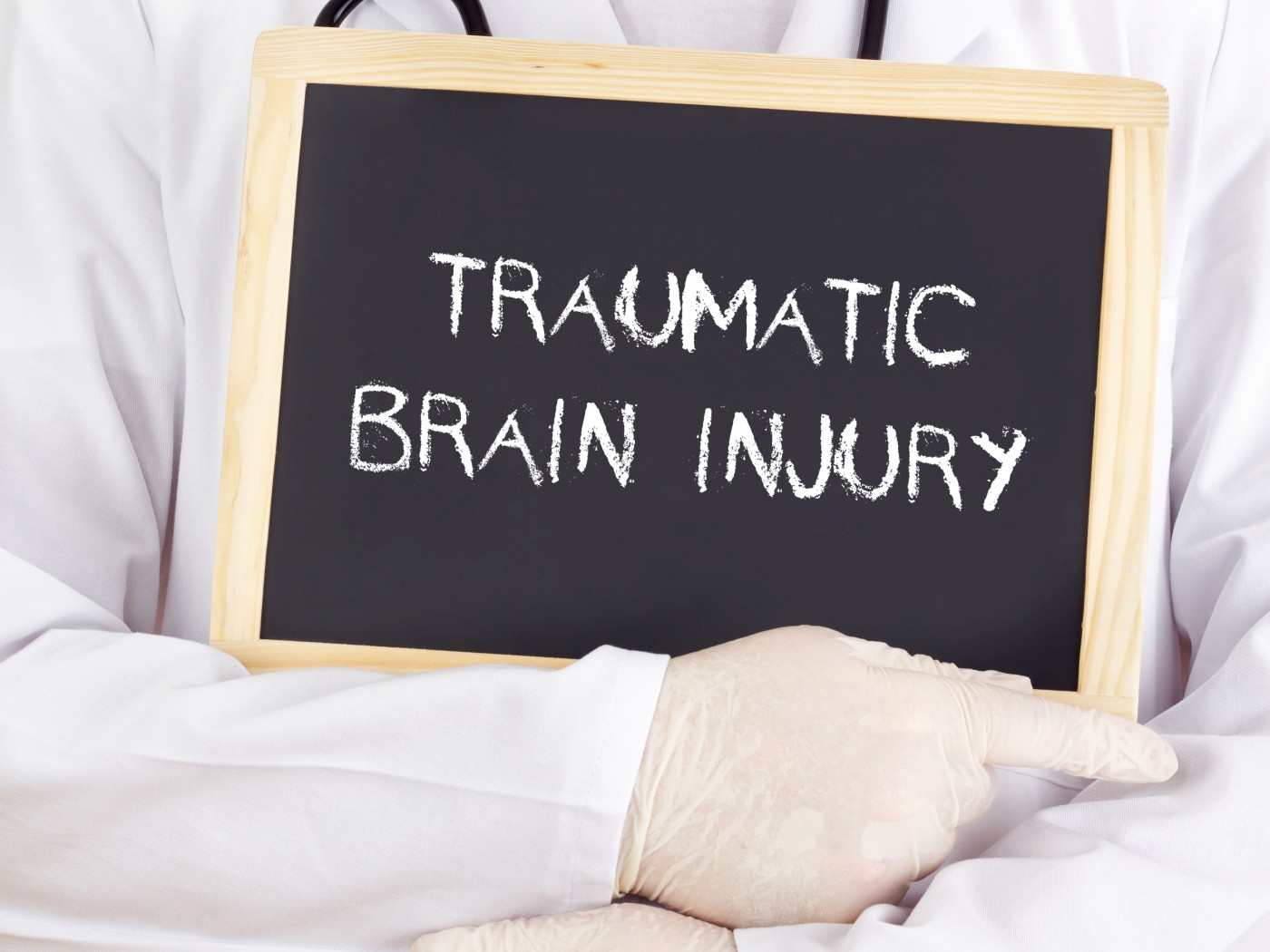Alzheimer’s-Like Brain Plaques Observed in People With Past Traumatic Brain Injuries
Written by |

According to a new study from Imperial College London, England, long-term survivors of traumatic brain injury who develop brain issues have an increased number of amyloid-β (Aβ) plaques, a hallmark of Alzheimer’s disease. The research paper, “Amyloid pathology and axonal injury after brain trauma,” was recently published online in Neurology, the medical journal of the American Academy of Neurology.
Traumatic brain injury (TBI) is a form of injury that happens as a result of sudden head trauma, causing damage to the brain. According to the Centers for Disease Control and Prevention (CDC), TBI is a serious public health problem in the United States, especially in children and older people, contributing to many cases of death and permanent disability. In 2010, the CDC reports 2.5 million TBIs occurred in the U.S. and its prevalence has risen over the years.
Researchers used PET and MRI scans to image the brain of long-term survivors of traumatic brain injury to test if axonal injury and Aβ plaques are correlated and to compare the spatial distribution of Aβ to Alzheimer’s disease characteristics.
The study included nine patients who had a single moderate-to-severe TBI event 11 months to 17 years before the start of the trial. Imaging results were compared to 10 Alzheimer’s disease patients and nine healthy individuals. PET scans detected plaques through a marker, while MRI used diffusion tensor imaging to detect post-TBI damage to brain cells.
Imaging results showed that patients with traumatic brain injury and patients with Alzheimer’s disease have plaques in an area that is affected at an early stage during Alzheimer’s onset: the posterior cingulate cortex. This means there is an overlap in brain areas involved in both conditions. Moreover, people with brain injuries also had plaques in the cerebellum. Researchers found a positive correlation between degree of damage in brain white matter and increased presence of plaques. Although the patient sample was small and the results are still preliminary, the team observed an increased build-up of plaques in people who suffered traumatic brain injury and believe that traumatic brain injury might lead to the development of Alzheimer’s-like plaques.
“It suggests that plaques are triggered by a different mechanism after a traumatic brain injury. The damage to the brain’s white matter at the time of the injury may act as a trigger for plaque production,” Prof. David Sharp, M.D., the study’s author, said in a press release. “If a link between brain injury and later Alzheimer’s disease is confirmed in larger studies, neurologists may be able to find prevention and treatment strategies to stave off the disease earlier.”





